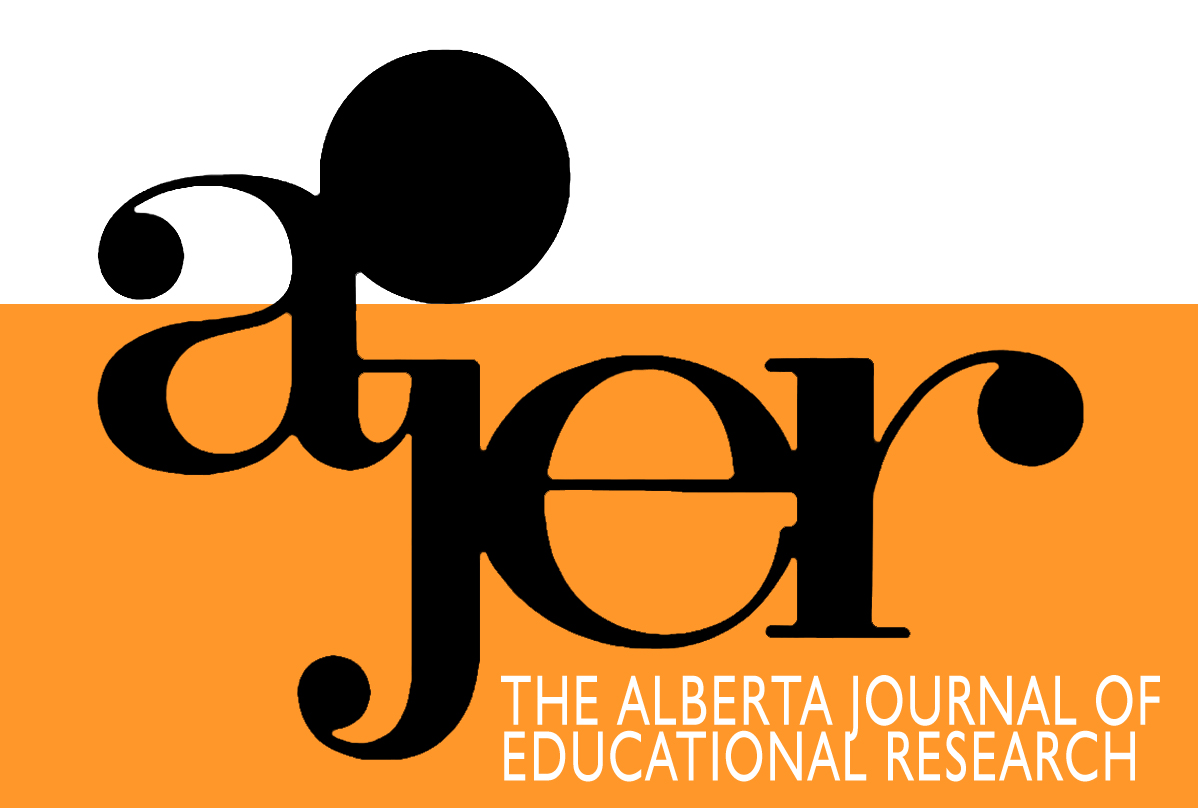Learning More about our Learners: Comparing the Orientations and Attributes of Allophone and English Speaking Grade 6 FSL Learners
DOI:
https://doi.org/10.55016/ojs/ajer.v64i1.56468Abstract
This article compares the motivational orientations and attributes of three different groups of Grade 6 students of French as a second official language (FSOL): Canadian-born English-speaking learners, Canadian-born bilingual learners, and immigrant multilingual allophones. This mixed-methods study used quantitative questionnaire data and qualitative interview data to determine potential differences in the three populations’ willingness to communicate (MacIntyre, Dörnyei, Clément, and Noels, 1998) and other dimensions of integrative motivation. Quantitative findings reveal stronger motivations for immigrant multilingual learners than the other two groups on most measures, but qualitative findings reveal some contradictions to those results. The study offers insight into the ways different groups of learners are differently motivated to pursue FSOL study in Canada.
Keywords: second language learning motivation; French as a second language education; willingness to communicate; additional language learning motivation; multilingual language education
Cet article compare les orientations et les caractéristiques motivationnelles de trois groupes différents d’élèves en 6e année dans un programme de français comme seconde langue officielle (FSLO) : des élèves anglophones nés au Canada, des élèves bilingues nés au Canada et des immigrants allophones plurilingues. Cette étude à méthodologies mixtes repose sur données quantitatives provenant de questionnaires et des données qualitatives tirées d’entrevues. L’objectif en est de déterminer les différences potentielles dans la volonté de communiquer chez les trois populations (MacIntyre, Dörnyei, Clément, and Noels, 1998) et d’évaluer d’autres dimensions de la motivation intégrative. Les résultats quantitatifs révèlent que la motivation chez les apprenants immigrants plurilingues est plus forte que chez les deux autres groupes et ce, pour la plupart des mesures. Toutefois, les données qualitatives viennent contredire certains de ces résultats. L’étude donne un aperçu des façons dont la motivation d’apprendre le FSLO au Canada varie selon différents groupes d’apprenants.
Mots clés : motivation pour apprendre une langue seconde; enseignement en français langue seconde; volonté à communiquer; motivation pour apprendre une langue additionnelle; enseignement plurilingue des langues
Downloads
Downloads
Published
How to Cite
Issue
Section
License
UNIVERSITY OF ALBERTA COPYRIGHT LICENSE AND PUBLICATION AGREEMENT
If accepted, authors will be asked to sign a copyright agreement with the following points:
A. Where there is any inconsistency between this Copyright License and Publication Agreement and any other document or agreement in relation to the same subject matter, the terms of this Agreement shall govern.
B. This document sets out the rights you are granting in relation to publication of your article, book review, or research note entitled (the “Article”) through inclusion in the academic journal titled Alberta Journal of Educational Research (the “Journal”) published through the Faculty of Education, representing the Governors of the University of Alberta (the “Journal Editor”).
C. There will be no payment to you for this publication and grant of rights. In consideration of the agreement to publish the Article in the Journal:
1. You are warranting that:
- the content of the Article is your original work, and its content does not contain any material infringing the copyright of others; or, where the Article is not entirely your original work, you have obtained all necessary permissions in writing to grant the rights you are giving in this agreement;
- the content of the Article does not contain any material that is defamatory of, or violates the privacy rights of, or discloses the confidential information of, any other person;
- the Article has not been published elsewhere in whole or in part, and you will not allow publication of the Article elsewhere without the consent of the Journal Editor;
- the names of all co-authors and contributors to the Article are:
2. You agree to license the copyright in the Article to the Journal Editor, on a worldwide, perpetual, royalty free basis; and to the extent required by the terms of this agreement. You shall retain the right at all times to be acknowledged as the/an author of the Article.
3. You further agree that the Journal Editor has the entitlement to deal with the Article as the Journal Editor sees fit, and including in the following manner;
- The right to print, publish, market, communicate and distribute the Article and the Journal, in this and any subsequent editions, in all media (including electronic media), in all languages, and in all territories, ing the full term of copyright, and including any form of the Article separated from the Journal, such as in a database, abstract, offprint, translation or otherwise, and to authorize third parties to do so;
- The right to register copyright of the Journal;
- The right to edit the Article, to conform to editorial policy as the Journal Editor sees fit.
4. If any co-author or contributor to the Article does not sign this agreement, the Journal Editor reserves the right to refuse to publish the Article.



